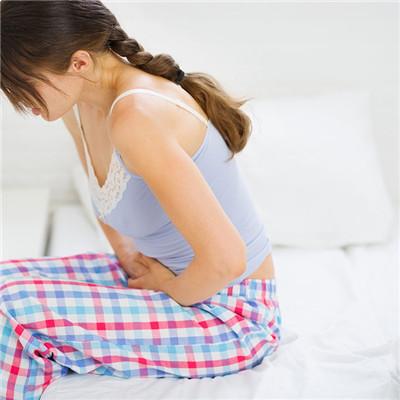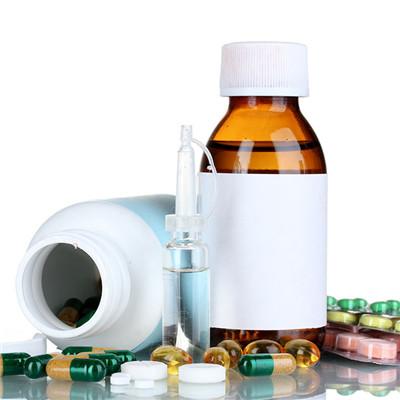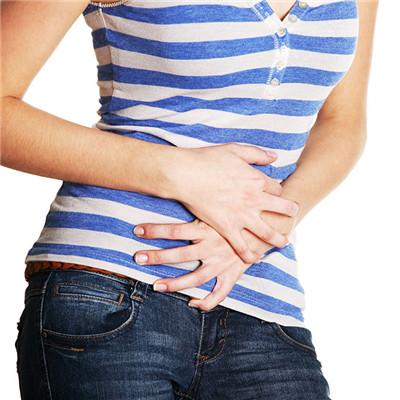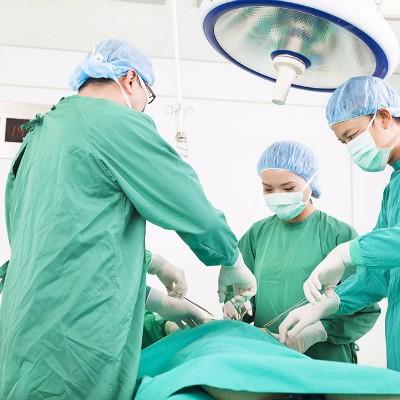Got anisakiasis how should do?
summary
Anisakiasis is a disease caused by the third stage larvae of anisakiasis parasitizing in the gastrointestinal tract. The clinical manifestations of acute stage included nausea and vomiting, severe abdominal pain and other gastrointestinal symptoms, accompanied by increased eosinophils; The chronic stage is characterized by eosinophilic granuloma of stomach or intestine, which may be complicated with intestinal obstruction, perforation and peritonitis. Now let's talk about what to do with anisakiasis?
Got anisakiasis how should do?
1. The clinical manifestations are epigastric pain or colic, recurrent attacks, often accompanied by nausea and vomiting; A few have lower abdominal pain. Occasional diarrhea. In 70% patients, occult blood in stool was positive, and eosinophils in peripheral blood increased significantly.
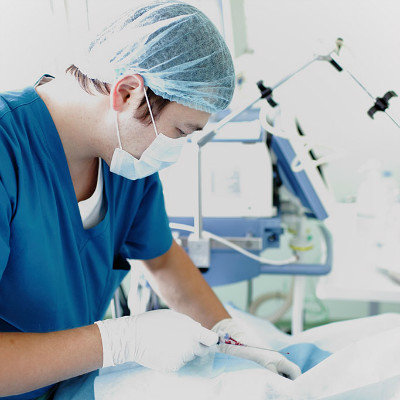
2. Often in 1-5 days after eating sashimi, suddenly severe abdominal pain, nausea, vomiting, abdominal distension, low fever, followed by diarrhea, tarry mucus stool, tenderness in the right lower abdomen and umbilical area, sometimes accompanied by urticaria, etc. The patients were often operated on because of intestinal perforation, peritonitis or local intestinal necrosis. The diagnosis was made when the larvae were found in the diseased tissues
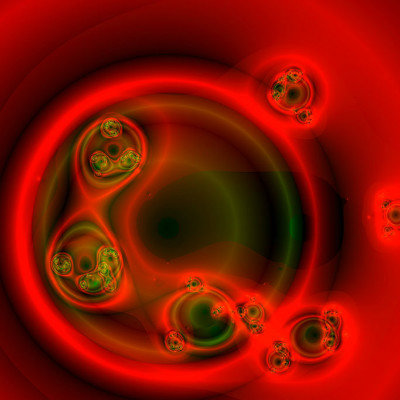
3. After eating raw fish fillets, I felt pain in the heart socket, and I felt stabbing pain and belching under the sternum at midnight. I went to the doctor the next morning and immediately underwent fiberoptic endoscopy. White worms were found in the lower part of the esophagus, which were removed with forceps and identified as anisakia larvae.
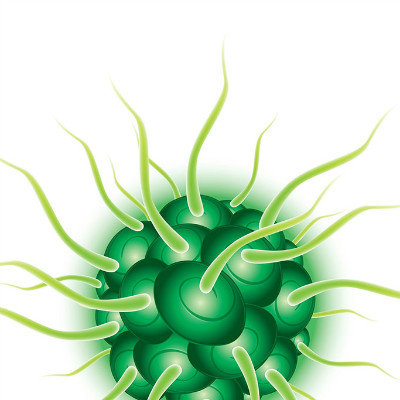
matters needing attention
At present, there is no specific drug treatment. Recently, albendazole has been reported to be effective in the treatment of this disease. In case of anisakiasis of stomach, throat and esophagus, fibergastroscopy should be done as soon as possible, and the worm should be removed immediately. The patients were treated conservatively with anti infection and anti allergy treatment, and the condition was observed closely at the same time. Once complications such as intestinal perforation, peritonitis or intestinal obstruction were found, the patients were operated immediately.





